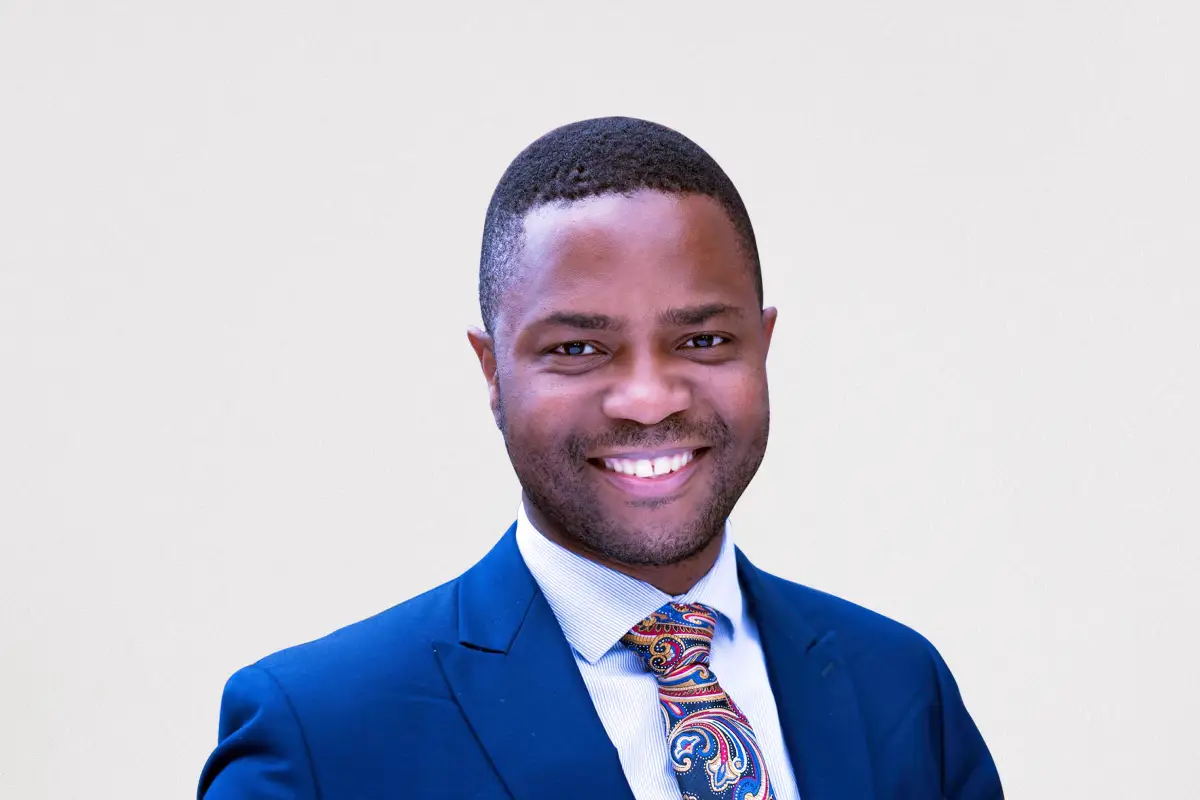Photo courtesy of Karen Richards
To hear Sun Life’s Karen Richards tell it, banking is about people. From the teams she leads to the communities she serves, Richards has drawn on both her background in sociology, as well as her diverse and unexpected career path. In the end, it’s come down to empathy. Richards expects to bring the same humanity to her expanded mandate this fall, as Assistant Vice President for Distribution, Business, Architecture, and Platforms. She graciously spoke with The Edge about her unique view on leadership.
While there have been some strides to improve and increase diversity in many industries, this tends to be less true at the C-suite level. In your opinion, where are we still lacking, and what can we do about it?
I don’t believe there’s a straight line to the C-suite or any leadership roles for that example, but just focused on the C-suite — given the breadth and the depth of the accountability that’s needed, the experience that’s required, the versatility and diversity in that skillset — it takes time.
I think we all have a role to play, especially everybody that considers themselves part of the leadership team in any organization. When I reflect on my own career, the opportunities that I’ve received is because I was invested in. I received great advice and encouragement.
When I look at my job and what we can do about it, I use my talent and my coaching skills to invest in our future pipeline. It’s not someone else’s job; it’s my job. My contribution is that I actively mentor. Based on all the people that I am mentoring, I can’t wait to see what they accomplish and how far they all go.
What has your background in sociology taught you about being an influential leader? Do you believe leadership traits vary across different sectors?
When I think about all the things I studied in sociology and all the books I read, I think it comes back to people and relationships. On a one-to-one level, everyone has needs that are different and time-based, situational, with groups, or cross-groups.
I can’t lead without team members, stakeholders, or other leaders around me. When I work on a project, I find that the people that I work with, the skillsets that I work with, there’s diversity in thought, in leadership around the table, which is amazing.
There was a time in my career where I reported to eight different leaders in a span of ten months. It wasn’t planned; it just happened that way. I had a front row seat, and I learned that there wasn’t a singular playbook to leadership. I learned that early in my career, which was a great thing. They all had a unique style that I appreciated for different reasons.
How do you think your past experiences prepared you to take up your current role as Associate Vice President in Business Architecture and Innovation?
In terms of what got me here, it was not a career that I planned. It was a career that happened for a series of opportunities and doors that were opened for me, either project-specific or other leaders observing me and providing opportunities for me to try different things.
At first blush, I was a little terrified in terms of jumping from one type of discipline to another. What I learned through that whole experience is that, in the beginning of my career, I didn’t appreciate or value a lot of the transferable skills that I had.
Another leader described me the other day as “poly-skilled.” That I can jump into different situations, different problem statements, and I have experience in managing or leading something like that before.
As someone with a background in marketing, business design, and financial services, what was the driving factor for working in these different industries?
The driving factor for marketing was it’s something I really loved and continue to love. I curated my plan and my career in the beginning to say I wanted different experiences in marketing, in market research, and direct marketing.
I was the promotions director for a rock radio station in London, Ontario, then I went to TD to continue my marketing career at a greater scale. It was then that things pivoted because there were different opportunities that presented themselves where I was asked to apply for roles that were outside of marketing.
It changed from having a plan to knowing a little more generally where I needed to go in my career but being open to those opportunities as they presented themselves.
You once said, “For the next generation of women leaders, remember you don’t need to accept your circumstances.” Can you expand on this?
I honestly think I was giving myself a pep talk as I was writing that because there are so many times that for me and the women that I coach or mentor, we just keep doing it all. I find that there’s a false notion that as women, you need to do it all in every aspect of your life to be accepted and to feel worthy.
What I’ve learned and continue to learn — I’m not perfect at this — is that it’s about choice and releasing what no longer serves me. For many, many years, I’ve supported or led women in leadership initiatives, and the one question that comes up the most from women is, “How do I achieve work-life balance?”
It’s not about balance. It’s not about adding more to your plate. It’s about priority. Back to the circumstances, it’s “How do I re-evaluate my current situation? What are the things that bring me joy?”
It’s putting that oxygen mask on for yourself first, as a woman — as anybody — and then taking the time to consistently re-evaluate your circumstances to say what should and shouldn’t be on the plate.
Kenny Hedges | Contributing Writer




















